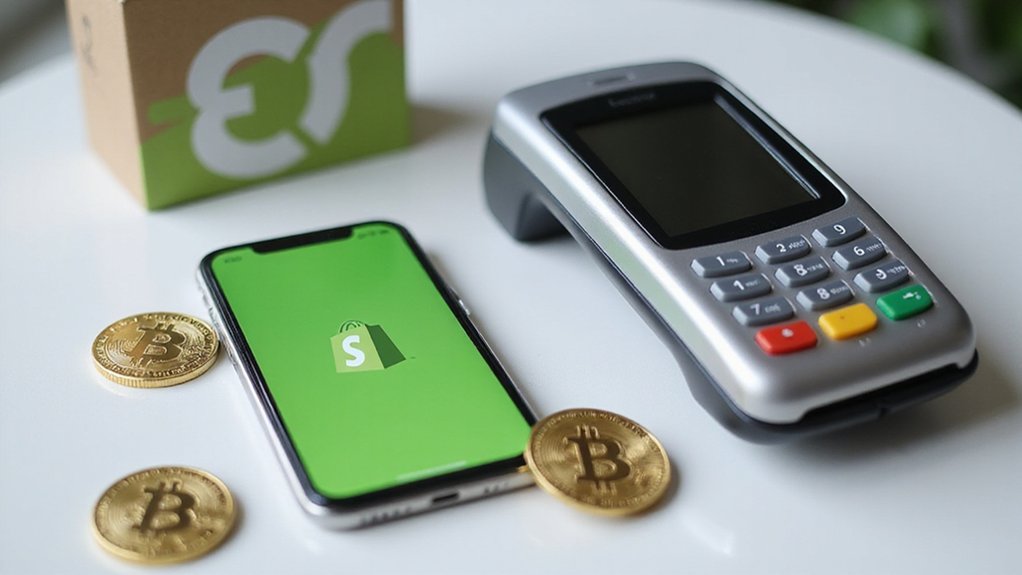How fitting that the same retail behemoths who once dismissed Bitcoin as a fringe curiosity are now rushing to mint their own digital currencies—though admittedly, the stablecoins that Walmart and Amazon are exploring bear about as much resemblance to volatile cryptocurrencies as a well-behaved house cat does to a caffeinated tiger.
The motivation behind this corporate pivot is surprisingly transparent: those pesky card processing fees that slice 2-3% off every transaction like a particularly efficient paper shredder.
When you’re processing billions in transactions annually, those percentages translate into staggering sums that would make even seasoned CFOs wince.
Stablecoins, tethered to national currencies and blessed with price stability, offer an elegant sidestep around traditional payment rails while maintaining the predictability that makes corporate treasurers sleep soundly.
The timing couldn’t be more fortuitous, with the Senate advancing regulatory frameworks that promise to transform stablecoins from regulatory wildcards into legitimate financial instruments.
The GENIUS Act recently cleared a key Senate procedural vote with a commanding 68-30 margin, signaling bipartisan support for comprehensive stablecoin regulation.
This legislative momentum coincides with remarkable adoption metrics—over 30,000 merchants worldwide now accept cryptocurrency, serving a population of 560 million crypto owners who apparently represent something more substantial than basement-dwelling speculators.
Beyond domestic transactions, these corporate stablecoins could revolutionize supplier payments and international commerce, where traditional cross-border transfers remain as glacially slow and expensive as they were decades ago.
The global reach inherent in digital currencies transforms what was once a cumbersome, multi-day process involving correspondent banks into near-instantaneous settlements.
The broader implications extend far beyond corporate balance sheets.
Digital currencies could foster financial inclusion by providing underserved populations access to previously inaccessible financial services, while simultaneously reducing transaction costs across entire economic sectors. With international remittances currently costing substantial fees through traditional channels, stablecoins could reduce these expenses to just 1-3% of the transfer amount.
This democratization of financial infrastructure represents a fundamental shift that could accelerate economic growth through faster, cheaper transactions.
Yet market volatility remains the specter haunting even the most stable digital currencies, reminding retailers that regulatory clarity—however promising current developments appear—remains essential for widespread adoption.
Consumer adoption will require substantial incentives like yield on deposits or spending credits to overcome the natural inertia of established payment habits.
As institutional investors increasingly embrace digital currencies and infrastructure development accelerates, the question isn’t whether retail titans will complete their digital transformation, but rather how quickly traditional payment processors will adapt to this new reality before finding themselves relegated to financial archaeology.









